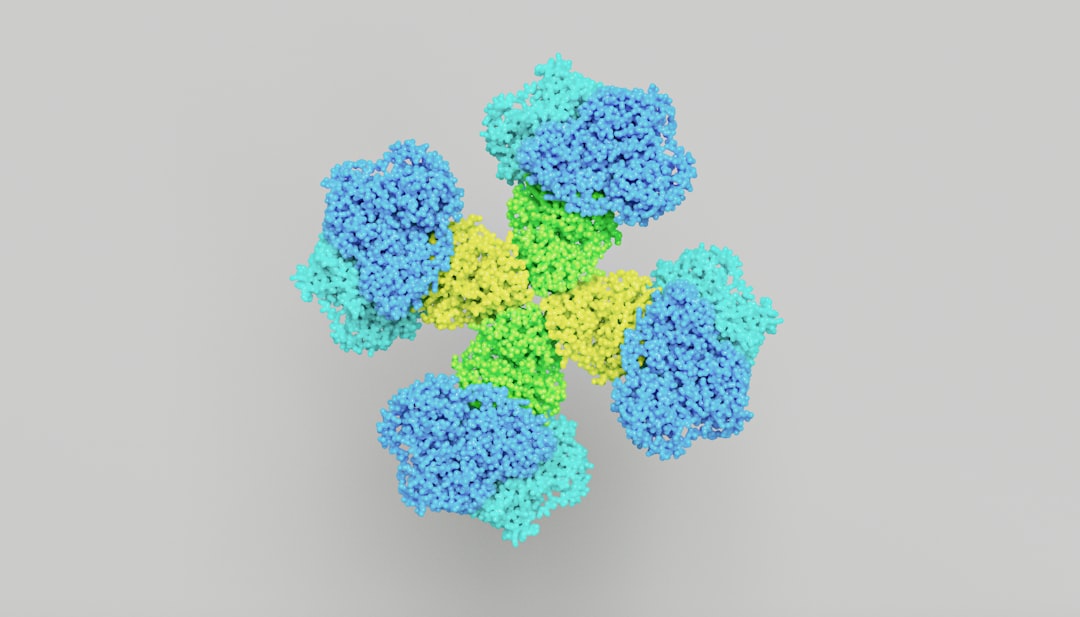What is it about?
Schiff bases show a wide variety of applications of great importance in medicinal research due to their range of biological activities. In this article we describe the electronic structure, optical, redox and antifungal properties of (E)-2-{[(2-aminopyridin-3-yl)imino]-methyl}-4,6-di-tert-butyl-phenol (L1) and (E)-2-{[(3-aminopyridin-4-yl)imino]-methyl}-4,6-di-tert-butyl-phenol (L2), two isomers phenol derivatives Schiff bases exhibiting a strong intramolecular hydrogen bond (O-H•••N). These compounds were characterized by their 1H, HHCOSY, 13C-NMR, FT-IR spectra, and by cyclic voltammetry. All the experimental results were complemented with theoretical calculations using density functional theory (DFT) and time-dependent DFT (TDDFT). The antimicrobial activity of the compounds described herein was assessed by determining the minimal inhibitory concentration (MIC) and by a modification of the Kirby-Bauer method. We tested Salmonella enterica serovar Typhi (S. Typhi, Gram-negative bacteria), Cryptococcus spp. (yeast), and Candida albicans (yeast). We found that neither L1 nor L2 showed antimicrobial activity against S. Typhi or Candida albicans. On another hand, L2, in contrast to L1, exhibited antifungal activity against a clinical strain of Cryptococcus spp. (MIC: 4.468 µg/mL) even better than ketoconazole antifungal medicaments. We mentioned above that L1 and L2 are isomer species, because the amino groups is in ortho-position in L1 and in para-position in L2, however no significant differences were detectable by UV-vis, FT-IR, oxidation potentials and TDDFT calculations, but importantly, the antifungal activity clearly discriminated between these two isomers.
Featured Image
Why is it important?
Schiff base ligands derived from salicylaldehyde and substituted phenylene diamines containing an OH...N type hydrogen bonding known as Salen ligands have been studied due to the versatility of their electronic, chemical and biological properties. Different metal complexes with Schiff base ligands have been synthesized and studied because of their ability to form stable complexes. These complexes have also been used in analytical chemistry for the spectrophotometric determination of heavy metals, such as mercury ions Besides, they were used as catalysts in chemical and photochemical reactions as well as many other applications. Schiff bases derived diamino pyridines with an -OH group in the ortho position relative to an azomethine group -C=N- have generated much interest due to the existence of an intramolecular hydrogen bond between the OH and the nitrogen atom of the azomethine group. This research emphasizes the importance of an intramolecular hydrogen bond in such systems, which has been the subject of much investigation. On the other hand, Schiff bases have been found to have important uses both in medicinal and pharmaceutical chemistry, due to the highly versatile organic synthetic intermediates and the many heterocyclic ring systems which show a broad range of biological activities, such as antibacterial, antifugal and antiinflamatory. The synthesis and antimicrobial activity of a series of Schiff bases derived from condensation of salicylaldehyde and diaminopyridine have been reported and demonstrated to inhibit the growth of fungi of clinical interest, such as Candida Albicans and Cryptococcus neoformans.
Read the Original
This page is a summary of: Spectral, theoretical characterization and antifungal properties of two phenol derivative Schiff bases with an intramolecular hydrogen bond, New Journal of Chemistry, January 2015, Royal Society of Chemistry,
DOI: 10.1039/c5nj01469g.
You can read the full text:
Contributors
The following have contributed to this page










